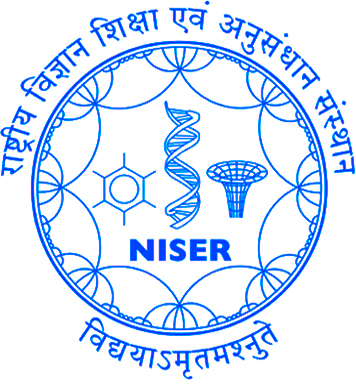|
Rupak Mahapatra, Professor of Physics and Astronomy and Mitchell Institute, Texas A&M University
Experimental Particle Physicist, with passion to build particle detectors and use them to search for new physics.
Established dedicated semiconductor detector fabrication and characterization facilities.
Extensive experience in designing and fabricating detectors for several Dark Matter (SuperCDMS, SPICE/HERALD)
and Coherent Neutrino Scattering (MINER) experiments. Dr. Hao Chen,
one of my recent PhD student was the first one to experimentally demonstrate particle induced avalanche in SMM-based detectors for his
thesis experiment.
|
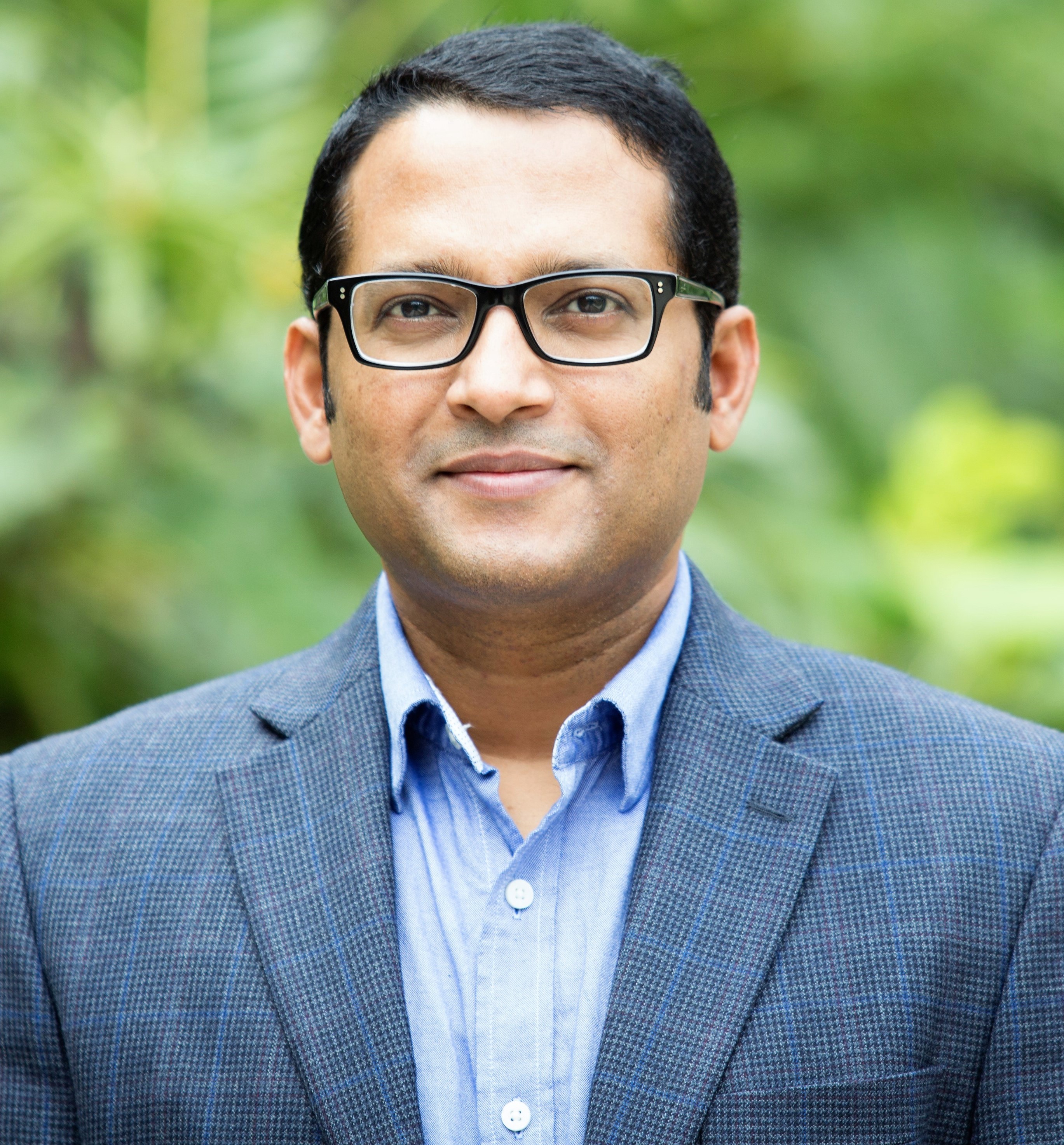 |
|
Michael Nippe, Associate Professor of Chemistry, Texas A&M University
Extensive experience in inorganic molecular chemistry. Established research experience in synthesizing and characterizing SMMs. Research focuses
on inorganic molecular approaches to contribute to the development of novel systems for solar to energy conversion, small molecule activation,
and molecules for information storage. Synthetic methods build the foundation of the group and are complimented by a broad array of spectroscopic
and electrochemical techniques.
|
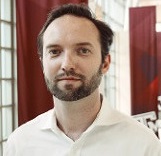 |
|
Surjeet Rajendran, Associate Professor of Physics and Astronomy, Johns Hopkins University
Theoretical Particle Physicist. Extensive demonstrated excellence in multidisciplinary approaches to particle physics experiments
with strong insight from theory and phenomenology.
|
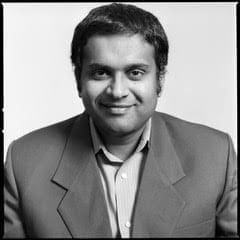 |
|
Tom Melia, Associate Professor of Physics, IPMU at University of Tokyo
Tom Melia is an Associate Professor at the Kavli Institute for Physics and Mathematics of the Universe, University of Tokyo. His research interests lie in mathematical structures of quantum field theory, beyond the standard model phenomenology, and quantum chromodynamics. He held prior research appointments at CERN and UC Berkeley, and received his PhD in theoretical physics from Oxford University.
|
 |
|
Glenn Agnolet, Professor of Physics and Astronomy, Texas A&M University
Experimental Condensed Matter Physicist. Strong experience in cryogenic experimental techniques, including research
experience with SMMs and ionization detectors.
|
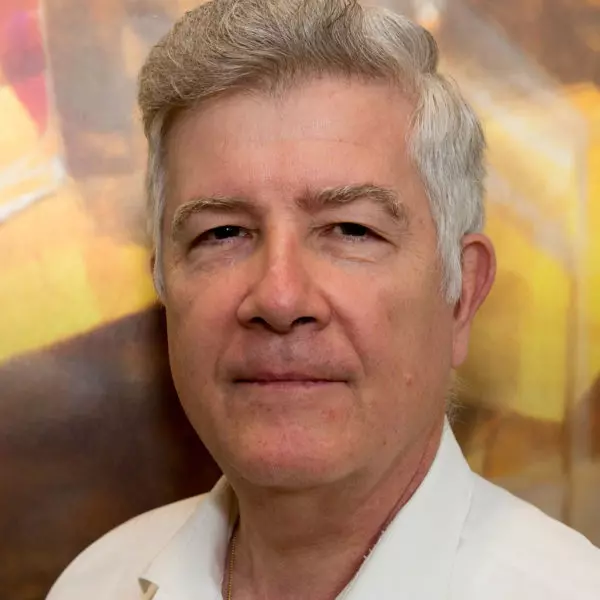 |
|
Tomoya Fukui, Assistant Professor of Chemistry and Life Sciences, Tokyo Institute of Technology
Chemist, specializing in supramolecular, coordination, and polymer chemistry. His work focuses on controlling the self-assembly of molecules and polymers at
the nano- to macroscale.
|
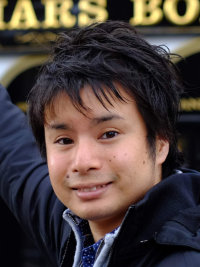 |
|
Takanori Fukushima, Professor of Chemistry and Life Sciences, Tokyo Institute of Technology
Organic chemist, specializing in supramolecular, polymer, and physical chemistry. His work, using organic synthesis and molecular self-assembly,
focuses on the exploration of innovative functions for soft materials including organic molecules and polymers having various physical properties.
|
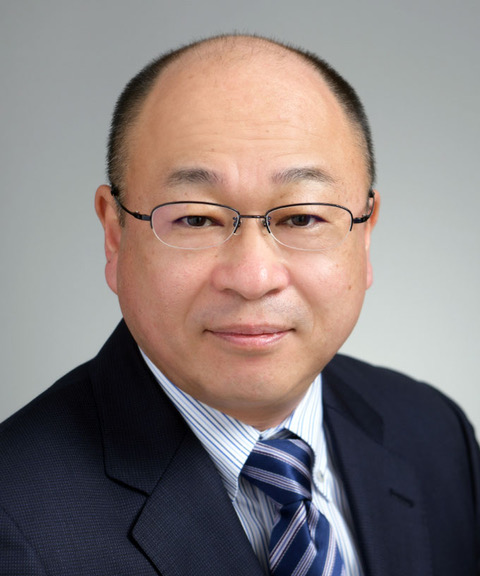 |
|
Kenichiro Hashimoto, Associate Professor of Materials Science, University of Tokyo
Experimental Condensed Matter Physicist in Department of Advanced Materials Science. His work focuses on the experimental elucidation of novel
electronic states in strongly correlated electron systems, such as unconventional superconductivity and quantum spin liquids, arising from the
complex interplay among spins, charges, orbitals, lattices, and topology. He is also interested in developing high-precision measurement systems
operating at very low temperatures, such as thermodynamic and electromagnetic response measurements.
|
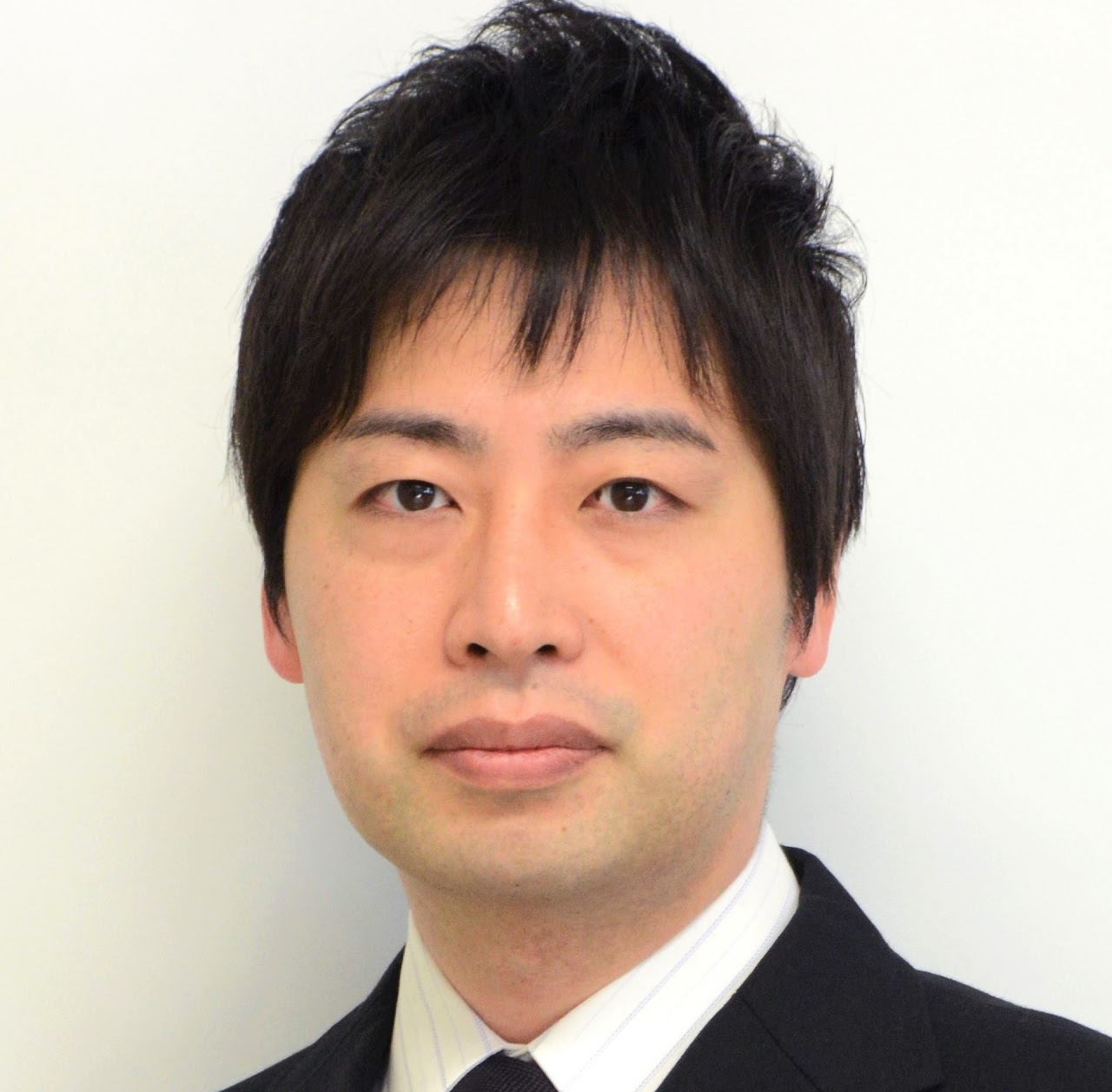 |
|
Shigeki Matsumoto, Professor of Physics, University of Tokyo, Kavli IPMU
Theoretical Particle Physicist with more than a quarter century of experience tackling the Dark Matter problem. Shigeki’s study is based on particle physics,
proposing attractive DM candidates, finding new mechanisms in DM processes, suggesting experimental methods to test the candidates, and contributing to DM
search projects by showing the range of DM mass and interactions. One of Shigeki’s notable achievements is the invention of the Sommerfeld effect in DM physics,
which is now known to be one of the essential mechanisms to work for various light DM candidates.
|
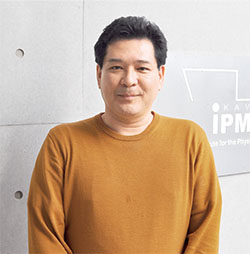 |
|
Nader Mirabolfathi, Res. Associate Professor of Physics and Astronomy, Texas A&M University
Experimental Particle Physicist. Long established experience in cryogenic detector design and characterization for Dark Matter and Neutrino experiments.
|
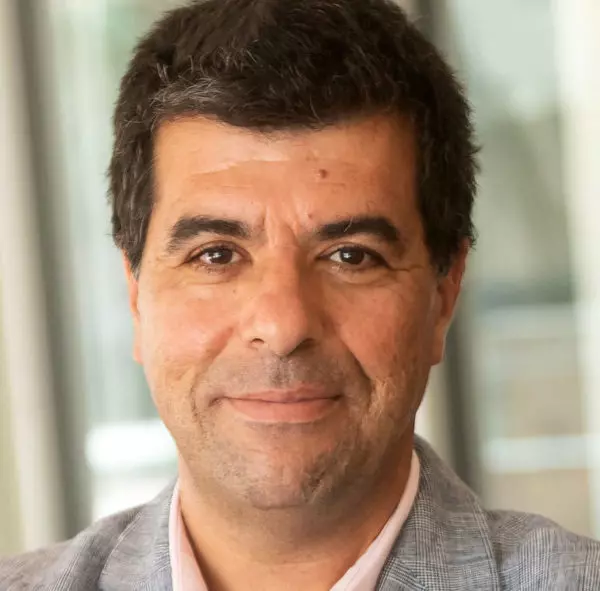 |
|
Yuta Mizukami, Associate Professor of Physics, Tohoku University
Experimental Condensed Matter Physicist. Primarily working on experimental studies of condensed matter
physics, and is currently interested in exotic quantum states of matter, and elementary excitations that appear in superconductors,
quantum spin systems, etc. For this SMM collaboration, he is responsible for developing and performing high-resolution heat capacity measurements.
|
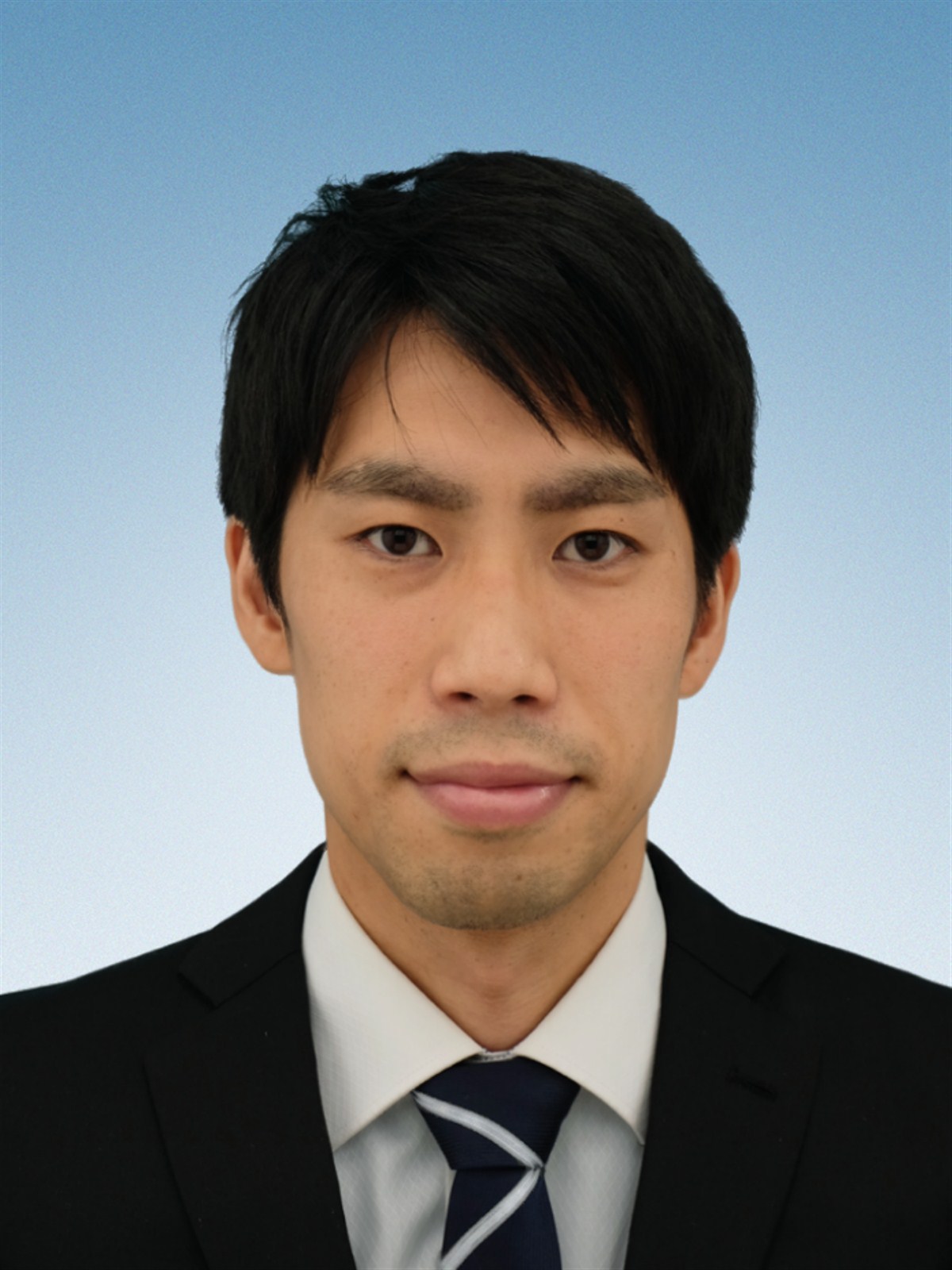 |
|
Yoshiaki Shoji, Associate Professor of Chemistry and Life Sciences, Tokyo Institute of Technology
Organic chemist, specializing in main-group and supramolecular chemistry. His work focuses on the development of new materials and reactions using boron as
the main synthetic element.
|
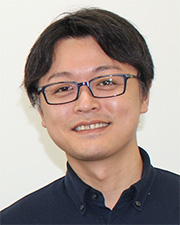 |
|
Ryosuke Takehara, Assistant Professor of Chemistry and Life Sciences, Tokyo Institute of Technology
Experimental Condensed Matter Physicist focusing on strongly correlated electron systems. His present research interest is in thermal transport phenomena in
organic materials.
|
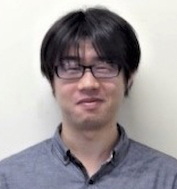 |
|
Winfried Teizer, Professor of Physics and Astronomy, Texas A&M University
Experimental Condensed Matter Physicist. Strong experience in semiconductor device design and fabrication, especially SQUIDs.
|
 |





